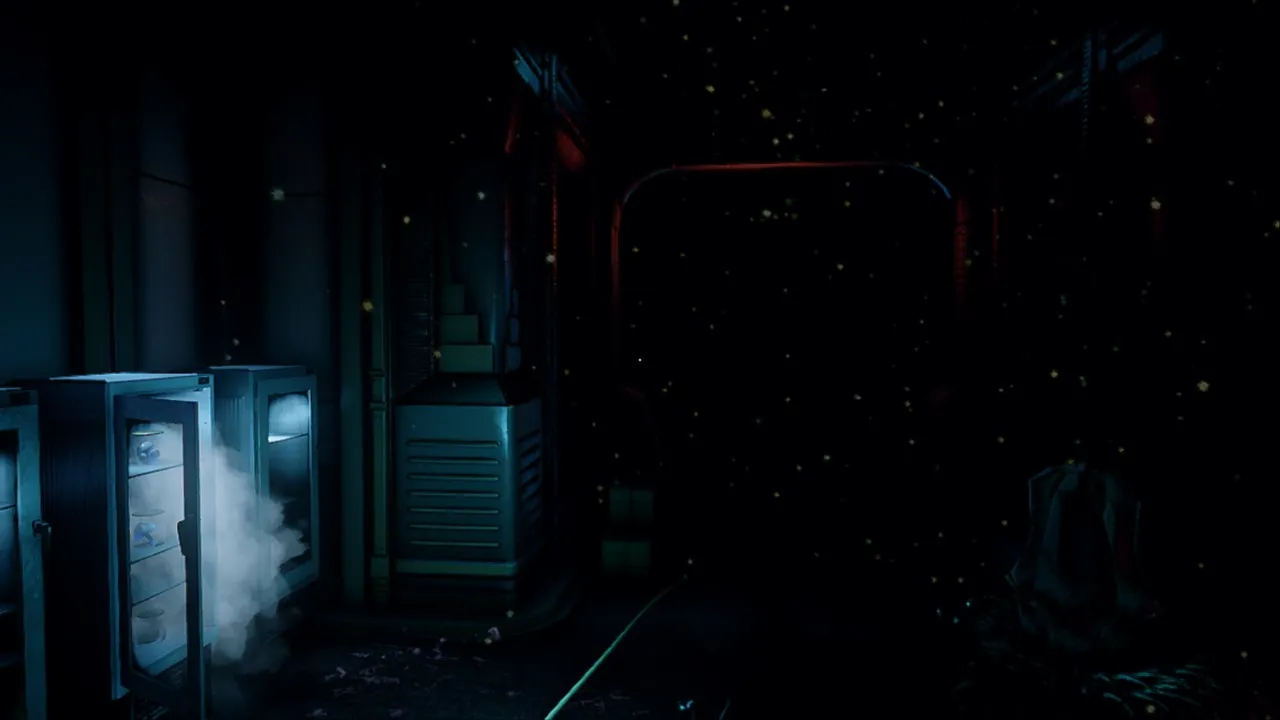
Conarium: A Descent into Lovecraftian Horror
Contents
Conarium is a Lovecraftian horror game that eschews typical jump scares and chase sequences in favor of a slow-burning, psychological dread. Instead of relying on gore and violence, it creates an atmosphere of unease and terror by confronting players with the unknown and the vastness of cosmic indifference. This review explores what makes Conarium a uniquely unsettling experience and how it effectively cultivates fear through mystery and exploration.
Fear in the Unknown
Conarium follows the expedition of four scientists in Antarctica as they push the boundaries of human understanding. Players assume the role of Frank Gilman, who awakens in a research station with amnesia. This classic trope sets the stage for a journey of self-discovery intertwined with the mystery of his missing colleagues.
From the outset, the environment plays a crucial role in establishing the game’s unsettling atmosphere. Dimly lit corridors and flickering lights create a pervasive sense of vulnerability. Armed with only a flashlight, players are left to their imaginations, anticipating unseen horrors lurking in the shadows.
 Frank Gilman explores a dark corridor with a flashlight
Frank Gilman explores a dark corridor with a flashlight
The game masterfully uses subtle environmental cues and unsettling imagery to build suspense. A strange artifact, a grotesque glimpse of an otherworldly entity – these fleeting moments fuel the player’s imagination and amplify the sense of dread.
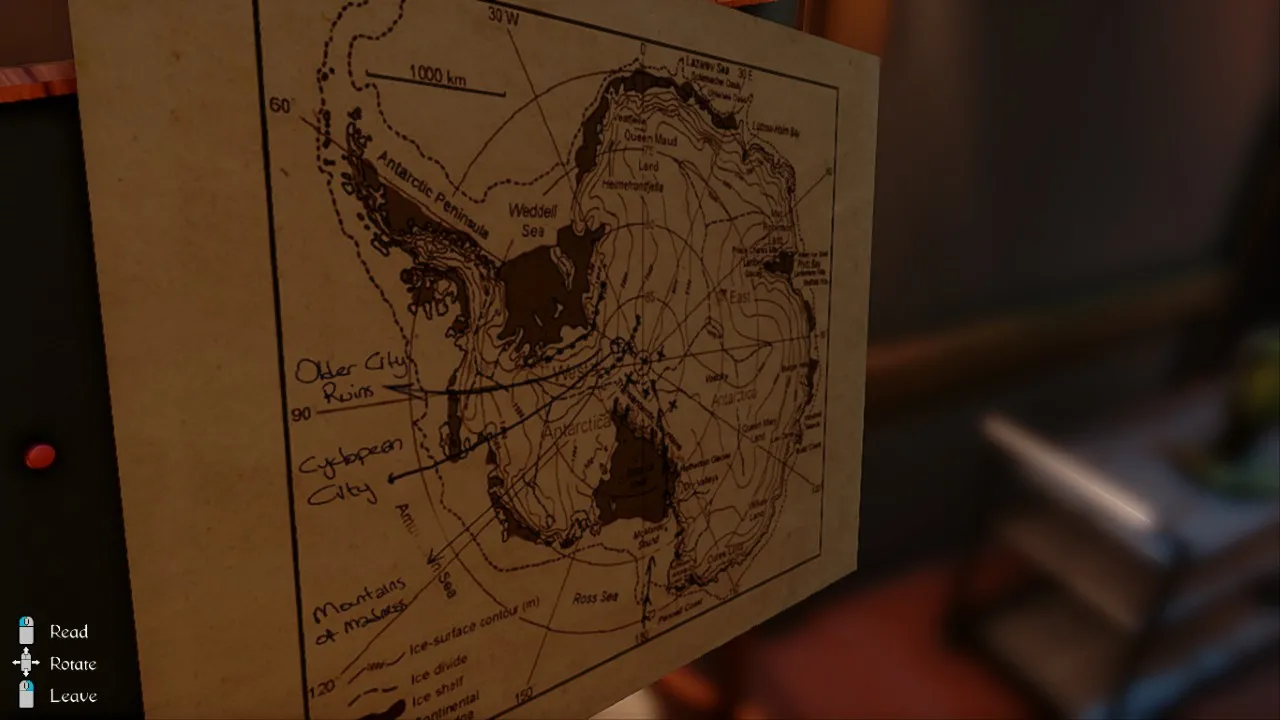 A disturbing image of an otherworldly entity
A disturbing image of an otherworldly entity
Conarium constantly throws players into new and unsettling situations, feeding their anxieties and fueling the growing fear of the unknown. The game leaves you with a lingering sense of unease, always wondering what horrors lie around the next corner.
Layers of Mystery
The gameplay primarily revolves around exploration and puzzle-solving. Players must locate key items to unlock new areas and uncover fragments of the narrative scattered throughout the environment. These fragments come in the form of maps, documents, and journal entries, requiring careful observation and deduction.
Unusually, the right mouse button isn’t used for a special ability but to access a notebook containing collected clues. This emphasizes Conarium’s focus on narrative and exploration rather than pure gameplay. The game encourages players to piece together the story through careful examination of the environment and the information they gather. It’s a game that rewards patience and a keen eye for detail.
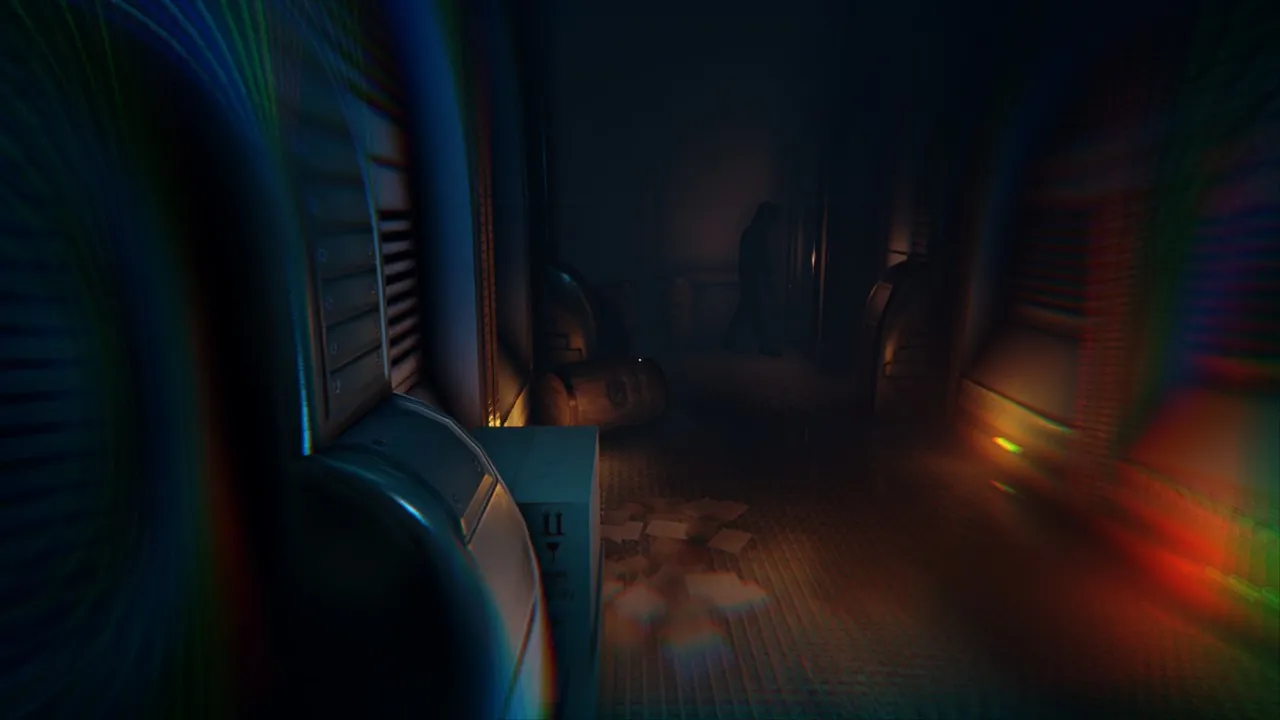 Frank Gilman examines a strange device
Frank Gilman examines a strange device
The developers have cleverly crafted a labyrinthine environment that can disorient and confuse. Numerous locked doors and seemingly dead ends contribute to the sense of isolation and uncertainty.
Frustrations in the Void
While disorientation can enhance the horror experience, Conarium sometimes takes it too far. The lack of a tutorial and the scarcity of information regarding items and documents can leave players feeling lost and frustrated. There’s no in-game guidance or item descriptions, leaving players to decipher everything on their own.
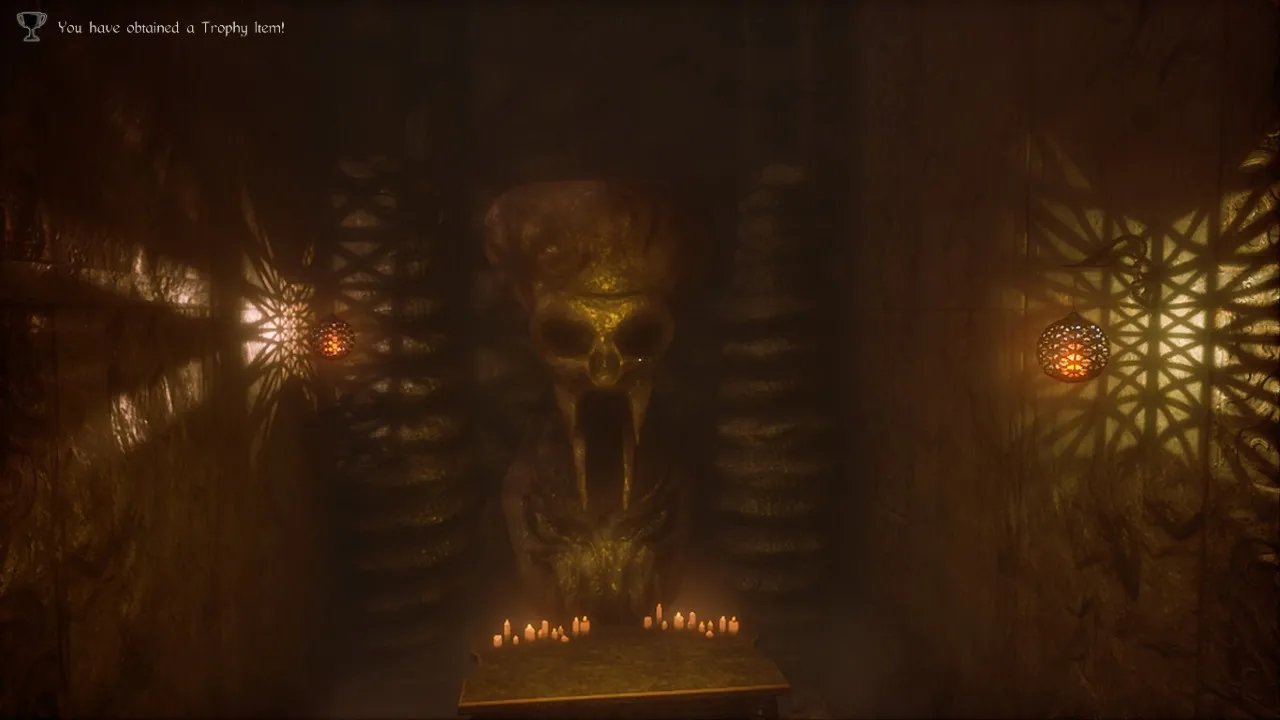 A shadowy figure in a dimly lit hallway
A shadowy figure in a dimly lit hallway
For example, the player starts with a watch, the purpose of which remains unclear throughout much of the game. This lack of explanation can be frustrating and detract from the overall experience. The game’s obtuse nature may alienate players looking for a more straightforward experience.
Puzzles That Test Patience
Some of the puzzles in Conarium can be overly convoluted and tedious. Retrieving a key from the starting area after progressing significantly through the game can feel like unnecessary backtracking. Similarly, puzzles involving multiple symbols scattered across the map can be frustrating and time-consuming.
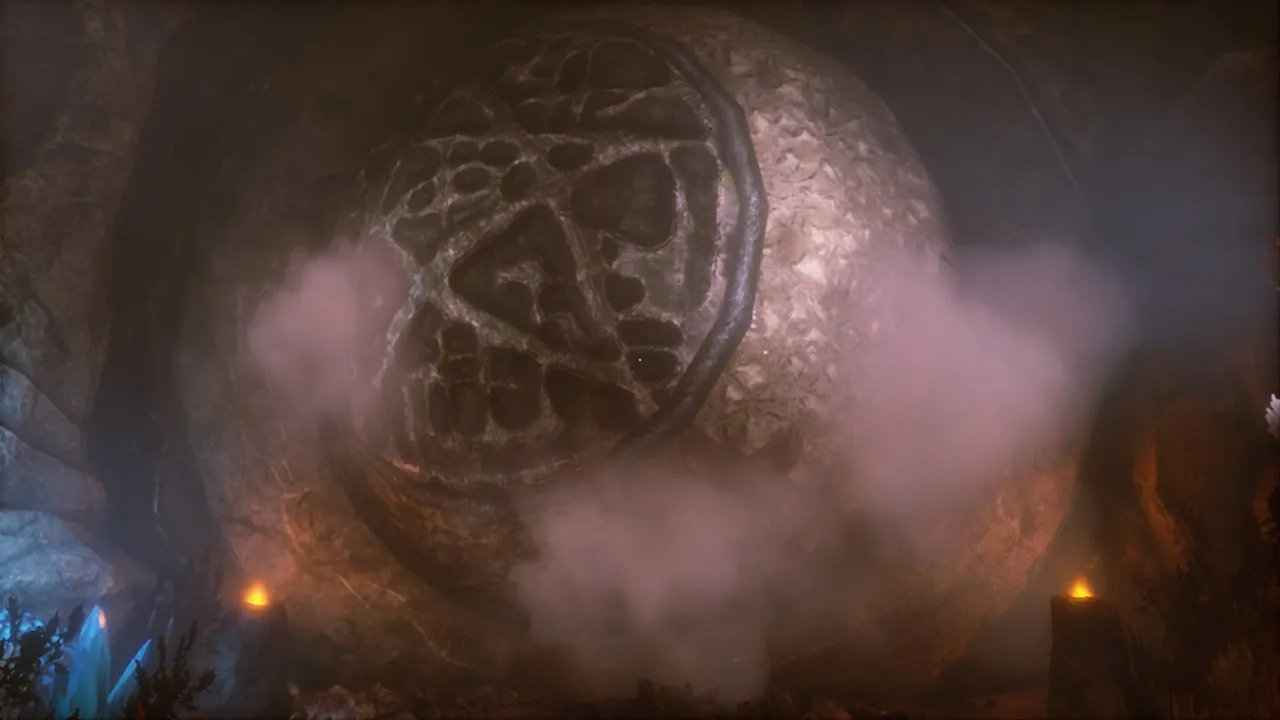 The main menu of Conarium
The main menu of Conarium
These design choices sometimes make the game feel more like an exercise in frustration than an enjoyable puzzle-solving experience. The difficulty can sometimes feel artificial rather than genuinely challenging.
Conclusion
Conarium offers a unique and unsettling horror experience. Its emphasis on atmosphere, psychological dread, and Lovecraftian themes sets it apart from more conventional horror games. However, its obtuse design choices, lack of guidance, and occasionally tedious puzzles can detract from the overall enjoyment. While it successfully captures the essence of cosmic horror, it may not appeal to players looking for a more accessible or straightforward experience. Conarium is a game best suited for those who embrace the challenge of unraveling mysteries and confronting the unknown, even if it means navigating a frustrating and disorienting journey.
System Requirements
Minimum
- OS: Windows 7 64-bit, 8, 10
- CPU: 3.6GHz Intel Core i3-4160
- RAM: 6 GB
- VGA: NVIDIA Geforce GTX480/570/670, ATI Radeon HD 5870/5850
- HDD: 8GB
Recommended
- OS: Windows 10 Pro 64-bit
- CPU: Intel Core i7-6500U @ 2.4GHz
- RAM: 8 GB
- VGA: AMD Radeon R5 M335
- SSD: Samsung SSD 850 EVO 250GB





Comments (0)